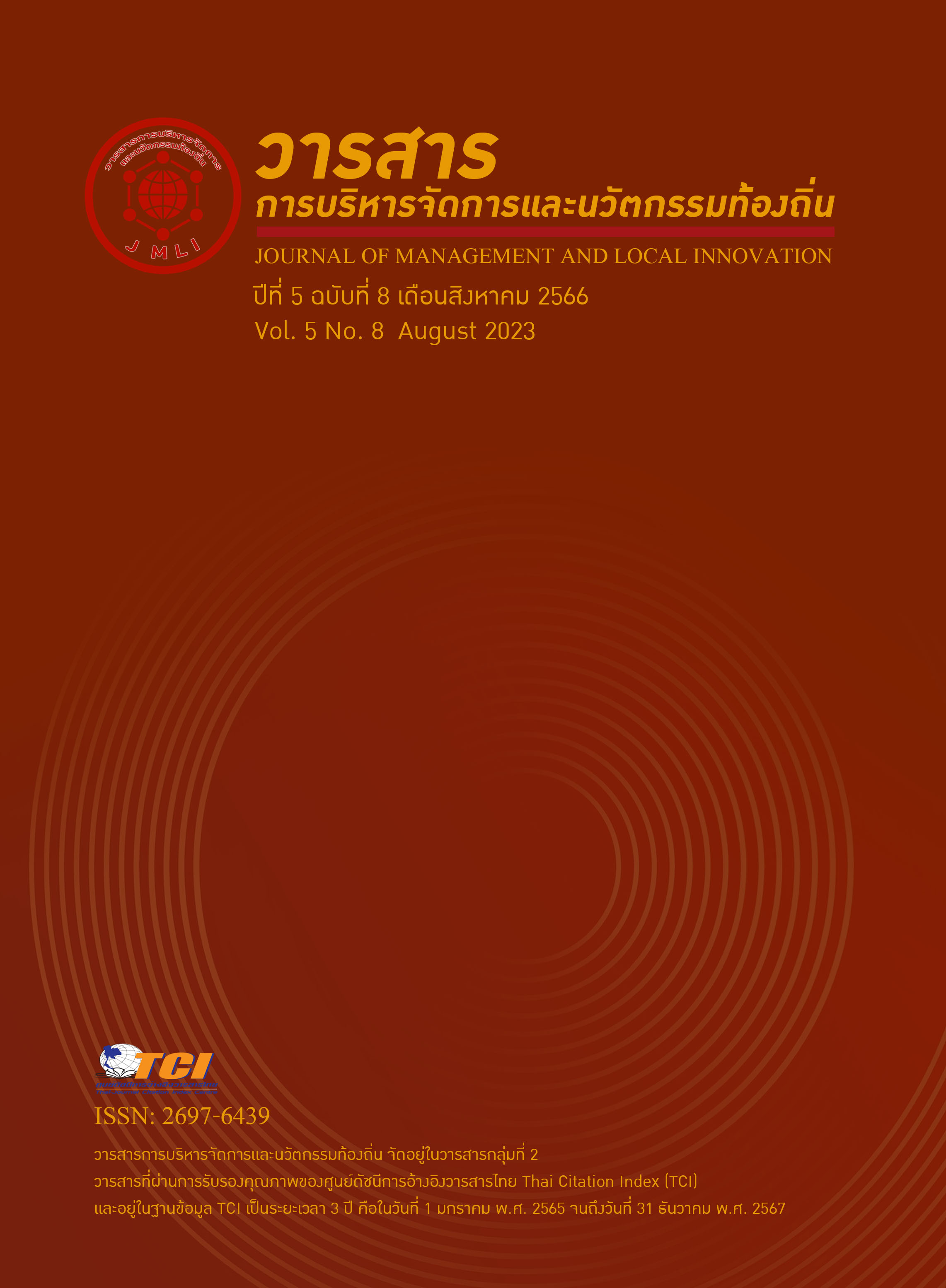Tourism Logistics Management in Koh Samui District Surat Thani Province
Keywords:
Logistics, Tourism, Koh SamuiAbstract
The objectives of the study on tourism logistics management in Koh Samui District, Surat Thani Province were to 1) study the level of tourism logistics management in Koh Samui District, Surat Thani Province, 2) to conduct the comparative study of tourism logistics management in Koh Samui District, Surat Thani Province, classified by demographic characteristics, and 3) to study the relationship between tourism behavior and tourism logistics management in Koh Samui District, Surat Thani Province. This study was conducted by quantitative research methodology with the data collection of survey research via an online questionnaire which was a tool for collecting data on the sample of 400 tourists who traveled in Koh Samui District, Surat Thani Province. After receiving the questionnaire, the researcher analyzed the data using descriptive statistics and inferential statistics.
The descriptive research results revealed that most of the tourist samples were female, aged 31-40 years, having a bachelor's degree, with occupation of a private employee, earning more than 30,000 baht and spending a budget of less than 15,000 baht per time respectively. As to tourism behavior, it was discovered that most of the tourists traveled in Koh Samui District with 2-3 people, traveling on a vacation purpose, using websites and social media as a searchable information resource, with the trip duration of 2-7 days and with the 2-3 years of traveling experience respectively. In terms of the logistics management component, it was found that the tourism logistics management before and after the trip had the highest mean of 3.79. The results of the inferential research showed that the different demographic characteristics had different effects on tourism logistics management with a statistical significance at 0.01 level, while the behavior of different tourists was not correlated with different tourism logistics management with a statistical significance at 0.05 level.


